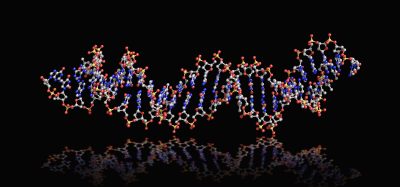Novel technique to rapidly find prostate cancer drugs
Posted: 21 April 2022 | Ria Kakkad (Drug Target Review) | No comments yet
A new screening assay could be used to identify new drugs to treat resistant forms of prostate cancer.


Researchers from the University of Aberdeen, Scotland have designed a novel high-throughput screening assay inhibitors of the androgen receptor, which plays a critical role in the progression of prostate cancer. The assay could be used to identify new drugs to treat resistant forms of prostate cancer, as highlighted in ASSAY and Drug Development Technologies.
“The role of the androgen receptor (AR) in the progression of prostate cancer (PCa) is well established and competitive inhibition of AR ligand binding domain (LBD) has been the mainstay of antiandrogen therapies for advanced and metastatic disease. However, the efficacy of such drugs is often limited by the emergence of resistance, mediated through point mutations and receptor splice variants lacking the AR-LBD,” explained the researchers in their study.
Approximately 75 percent of patients with castrate resistant prostate cancer express androgen receptor variants that lack the ligand binding domain. These forms of disease evade all forms of currently available androgen receptor-targeting treatment. The amino terminal domain (NTD) of the androgen receptor has been shown to be critical for the receptor’s function. The researchers, therefore, developed a cell-based high-throughput assay for screening and identifying inhibitors of the androgen receptor-NTD.
“We demonstrated the suitability of the assay for high-throughput screening platforms and validated two initial hits emerging from a small, targeted, library screen in prostate cancer cells,” concluded the investigators.
Related topics
Assays, Disease Research, Drug Development, Drug Discovery Processes, Drug Targets, Oncology, Translational Science
Related conditions
Prostate cancer
Related organisations
Aberdeen University








